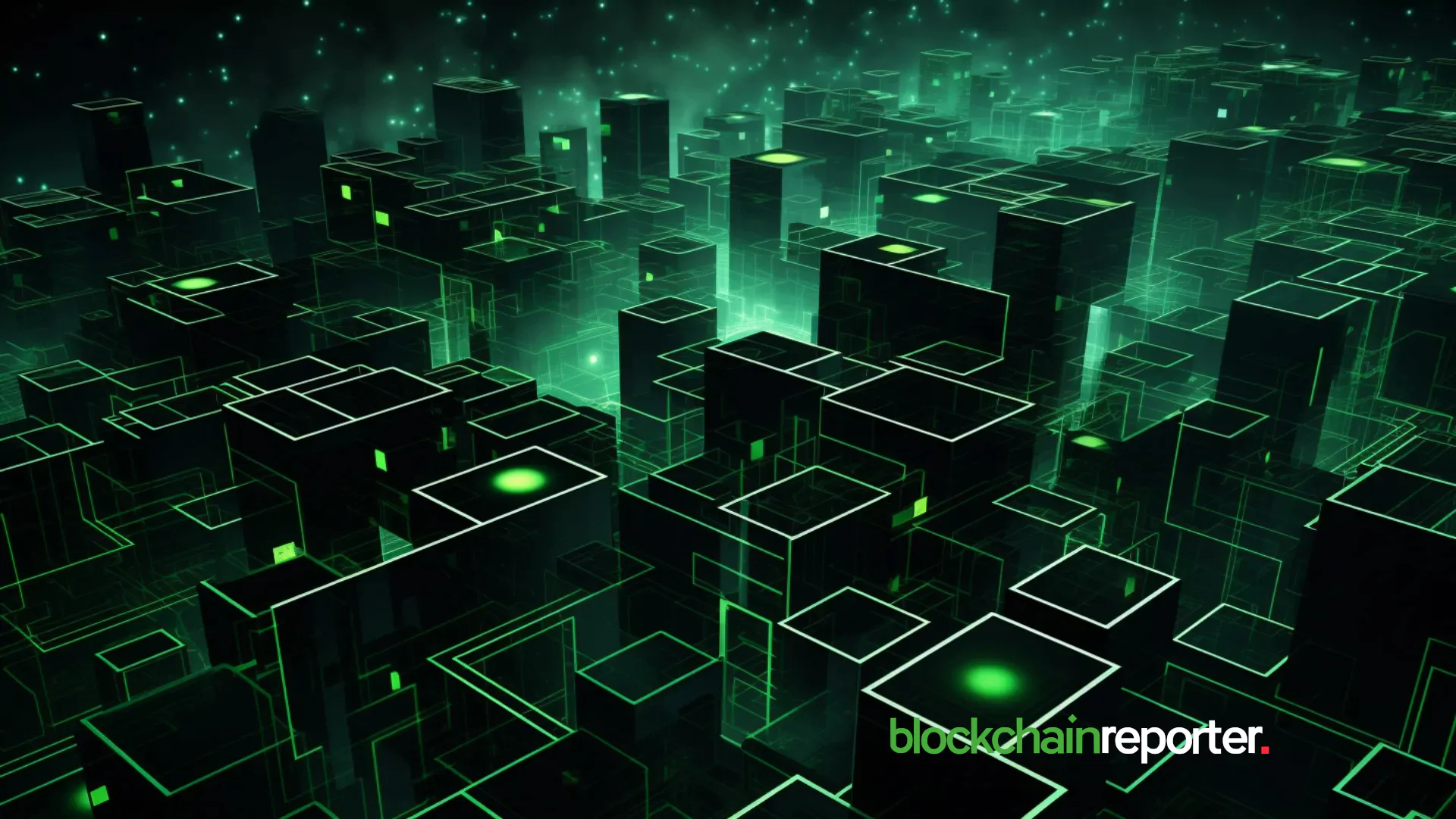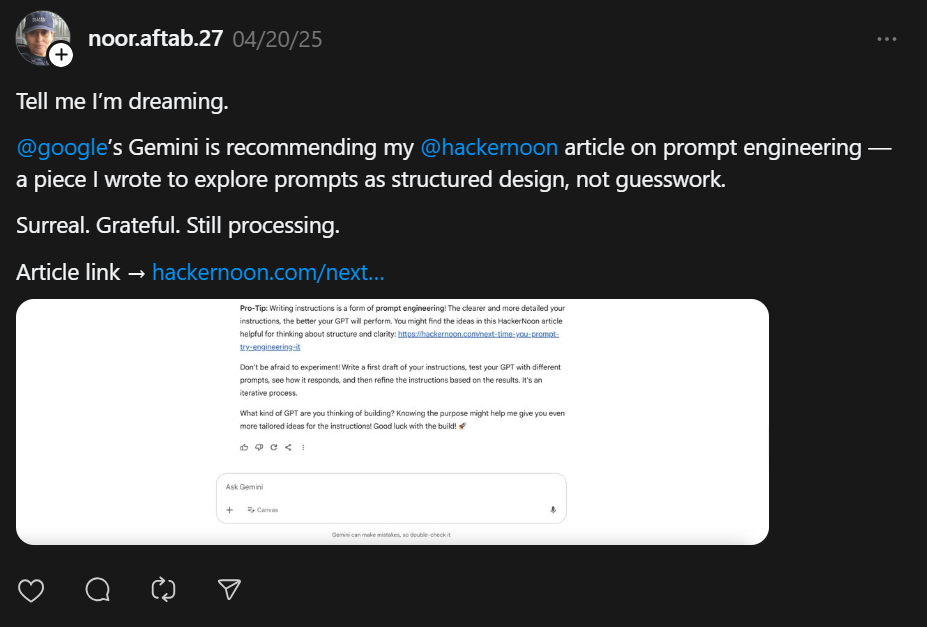Huawei builds Atlas 950 SuperCluster with more than 500,000 Ascend chips
Huawei Technologies launched its Atlas 950 SuperCluster, an AI system that uses more than 500,000 of its Ascend chips to compete with U.S. chipmaker Nvidia.
China is boosting its AI chip industry and limiting the use of Nvidia products. Huawei’s SuperCluster and SuperPod link thousands of Ascend chips to deliver fast, powerful AI computing, making up for each chip’s lower power.
Huawei connects supernodes and SuperPods to increase power
Huawei connected several SuperPods to build its SuperCluster. Every SuperPod holds multiple supernodes, each connecting thousands of Ascend AI chips that handle large amounts of computing quickly and efficiently.
The company wants to deploy the Atlas 950 supernode in 2026, and each unit will support 8,192 chips. It will then release the next-generation Atlas 960 supernode in 2027, holding 15,488 chips.
When Huawei connects all the supernodes into SuperPods and then into a full SuperCluster, the Atlas 950 SuperCluster will use more than 500,000 chips, and the Atlas 960 SuperCluster could use over one million chips. The company wants to make up for the fact that each Ascend chip is not as strong as the top chips made by Nvidia or other competitors.
Huawei says its Atlas 950 SuperCluster will have 6.7 times more computing power than Nvidia’s NVL144 system and be 1.3 times more powerful than Elon Musk’s xAI Colossus supercomputer. The company has already delivered over 300 Atlas 900 supernodes to 20+ customers in industries that need large-scale AI computing, such as telecom and factories. Huawei also uses its strong networking technology and China’s stable power supply to ensure all the connected chips run smoothly without slowing down or overheating.
Some experts say Huawei exaggerated the system’s performance, but most agree that it is serious about challenging its top competitors in global AI computing.
Huawei releases new Ascend chips through 2028
Huawei will release a new version of Ascend AI chips every year, and each model will steadily increase the company’s computing power and double the performance of the previous one. The company will roll out the Ascend 950PR early next year, then the Ascend 950DT in late 2026, the Ascend 960 in late 2027, and finally the Ascend 970 in late 2028.
Instead of depending on very powerful single chips that are harder and more expensive to produce, the company will gradually expand its computing power over time.
Huawei also wants to introduce its high-bandwidth AI memory to help the chips process data faster and manage bigger workloads. The company’s SuperClusters can deliver faster computing, handle more data simultaneously, and run complex AI tasks by combining the new Ascend chips with high-bandwidth memory. This approach will also allow China to reduce its dependence on foreign AI chips and memory since U.S. export restrictions and sanctions have already cut off access to high-end technology.
As earlier reported by Cryptopolitan, Nvidia’s CEO Jensen Huang cautioned that America’s self-imposed distance from China’s booming artificial intelligence sector could hand the market to Huawei.
During a wide-ranging interview at Paris’s Viva Technology event, Huang said that U.S. restrictions on exporting high-end AI chips to China may backfire, boosting Huawei’s domestic dominance and potentially positioning it to serve global markets.
According to Huang, Nvidia’s current processors lead the industry by roughly one product cycle. Still, he warned that if US firms refuse to engage with Chinese customers, “Huawei has got China covered, and Huawei has got everybody else covered.”
Huawei is committed to long-term growth as it plans a multi-year rollout to expand its SuperClusters and meet growing AI demands over time. This strategy will also allow the company to upgrade existing SuperClusters as they release new versions into the market and prepare Huawei to meet global AI demand.
Want your project in front of crypto’s top minds? Feature it in our next industry report, where data meets impact.
You May Also Like

Google's AP2 protocol has been released. Does encrypted AI still have a chance?

Spheron Network Joins Hivello for DePIN Supply Scaling
